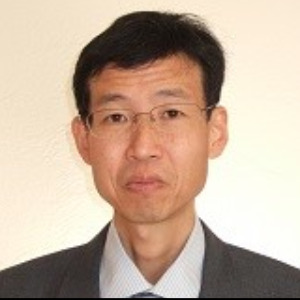Fullerenes
Fullerenes are a form of carbon that is made up of a closed cage of atoms in the form of a hollow sphere, ellipsoid, or tube. The most common type of fullerene is the C60 fullerene, which consists of 60 carbon atoms arranged in a hollow sphere. Fullerenes were first discovered in 1985 by a team of scientists led by Nobel Prize-winning physicist Richard Smalley. Fullerenes are of great interest to scientists because of their unique properties. They are highly stable, insoluble in most solvents, and extremely resistant to oxidation. They also have interesting optical, electrical, and magnetic properties. For example, they have been found to have excellent conductivity and can be used as semiconductors. They are also being studied for their potential use in drug delivery and nanotechnology. Fullerenes are produced for various applications in a variety of ways. They can be synthesized from graphite, which is a form of carbon, or from carbon-containing molecules such as benzene and toluene. They can also be produced by laser ablation or by the arc discharge method. Fullerenes are being studied for various applications. They are being explored for their potential use in drug delivery and nanotechnology, as well as for their potential use in solar cells and batteries. They are also being studied for their potential use as catalysts in chemical reactions. Additionally, they are being studied for their potential use in the medical field due to their excellent electrical and magnetic properties. Additionally, they are being studied for their potential use in the development of superconductors.

Harry Ruda
University of Toronto, Canada
Raman Singh
Monash University, Australia
Paulo Cesar De Morais
Catholic University of Brasilia, Brazil
Xiao Hong Nancy Xu
Old Dominion University, United States
S V A R Sastry
Harcourt Butler Technical University, India
Vinayak Adimule
Angadi Institute of Technology and Management, India



Title : 40,000 implants in humans and no failure: The impact of nanomedicine
Thomas J Webster, Hebei University of Technology, China
Title : Cellulose-derived biochar modified with iron oxide and ZnO nanoparticles by a novel one-step pyrolytic method for removal of emerging contaminants from water
Rashad Al Gaashani, Hamad Bin Khalifa University, Qatar
Title : Harnessing the unique properties of engineered nanostructures for sensing
Harry Ruda, University of Toronto, Canada
Title : Circumventing challenges in developing CVD graphene on steels for extraordinary and durable corrosion resistance
Raman Singh, Monash University, Australia
Title : Nano DAP augments productivity, phosphorus use efficiency, and profitability of spring wheat in India
Binaya Kumar Parida, Coromandel International Ltd, India
Title : Lipid nanoparticles formulations: From bench scale to industrial scale
Mohammad A Obeid, RAK Medical and Health Sciences University, United Arab Emirates